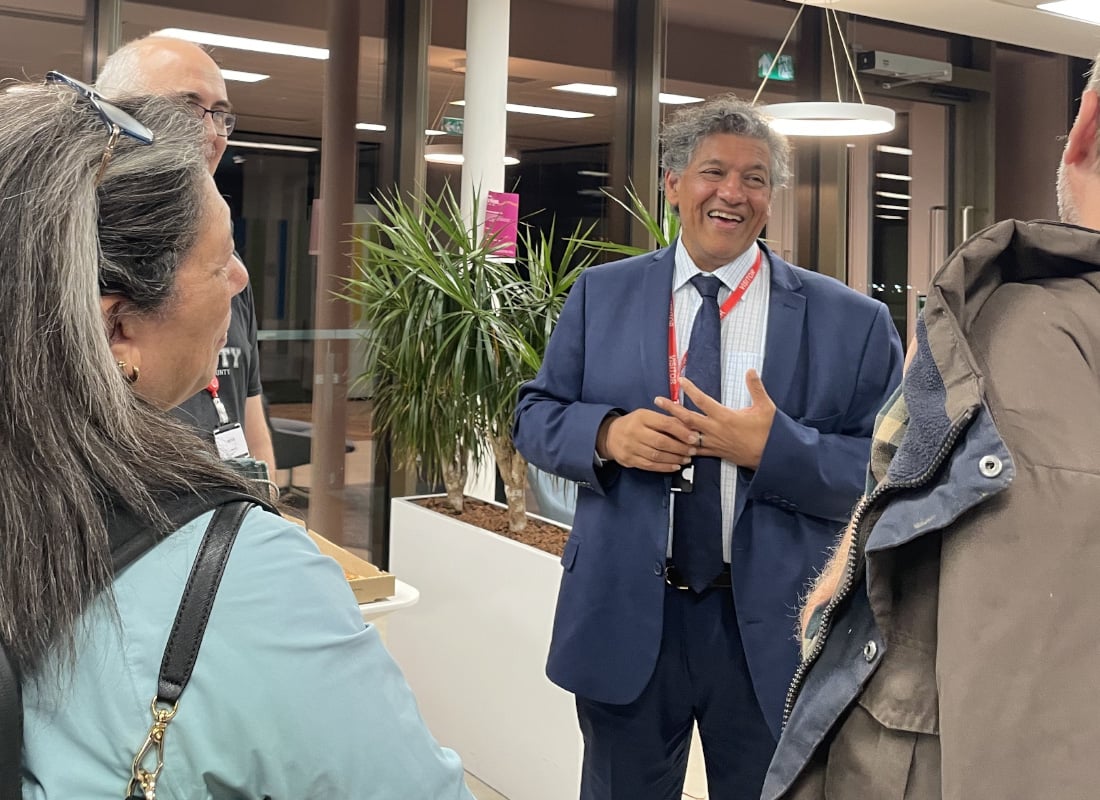Achieving effective customer communication is a key business challenge. For the past decade, organisations have invested massively in technologies designed to drive down the cost of customer service whilst improving the quality. But to what end?
Expensive call centres still patently fail to meet customer needs and the majority of direct communication is often highly inconvenient for the customer. Direct telephone communication is not always ideal or possible and few call centres offer the opening times required to support today’s 24x7 society without huge associated costs.
With the continued focus on cost reduction and improved productivity, organisations need a far more cost-effective and customer-focused approach. There are several possible options available such as mobile applications or SMS. The first requiring major investment, complicated deployment, marketing and considerable support, whilst SMS is ubiquitous, simple, global and can be easily integrated with existing systems.
From a lack of a broad demographic user base - limited often to just the iPhone and Blackberry users - to the customer-based delivery model, apps are hugely limited, resource hungry, costly to distribute into the market place and difficult to maintain. Critically, by relying on a customer to choose to download and then even use the app, organisations lose any degree of control over the timing, content and adoption of their chosen communication.
Wrong time, wrong place
The communications landscape has been transformed over the past decade, yet organisations of every size, public and private sector alike, are still predominantly reliant upon the telephone as the primary means of customer communication. From booking customer appointments, renewing contracts to communicating with field workers or escalating work processes, the telephone call is resource intensive, expensive, inconvenient and often non-compliant.
On the plus side, there has been a huge investment in CRM technologies, providing organisations with far better control over and insight into customer communications. As a result, the majority are at least now in possession of accurate, up-to-date customer information. Integrating intelligent SMS into core CRM products allows an organisation to tap into this excellent resource and create another highly efficient, cost-effective and compliant communication channel with both customers and staff.
Voice communication is the least efficient, most expensive and least customer-friendly method of communication, often resulting in customers being forced to go through various options or spend hours waiting for a response at a call centre and risk being connected to a different country. Alternatively, those customers called directly by an organisation are more often than not called at a time or place where it is highly inconvenient.
Who wants to be called about banking services, dental appointments or dinner reservations in the middle of a meeting, whilst on the school run, or late at night? Indeed, many individuals would prefer to communicate without direct personal interaction in the quickest and easiest way possible. The goal, surely, must be to find a communication method that enables the interaction to take place at a time and in a manner that suits the customer, without the organisation losing control over the customer service process.
Leveraging investment
Organisations are beginning to recognise that customers do not want to be disturbed by an untimely telephone call and are looking for alternative communications channels. But it is essential to empower customers to communicate at a time and in a way that suits them, without ceding control over the communication process.
It is for this reason that investment in mobile applications to improve communications between customer staff and an organisation is doomed to failure, due to their very nature of requiring the user to proactively interact, rather than receive communication via a more direct method.
The most obvious, most pervasive and well-accepted alternative to the telephone is without doubt the humble text message. And a small band of organisations, most notably in the banking sector, has begun to use SMS as a means of providing customers with information.
Similarly, public sector organisations including the NHS and the Department of Work and Pensions are beginning to send a text appointment reminder in a bid to reduce missed appointments. And there is a real need for this with patients missing appointments costing the NHS more than £600 million a year.
However, whilst this improves attendance to a degree, the approach is still limited by the lack of two-way interaction: a customer who cannot attend at the specified time for some reason still has to telephone the organisation to cancel and / or make an alternative date. And calling to cancel is rarely a customer priority.
Fundamental flaws in existing SMS solutions
Companies have already begun using two-way SMS to confirm appointments or delivery times, however the critical challenge that present solutions have failed to address is the inability to correlate multiple outbound messages with their specific responses.
These existing SMS solutions have so far been unable to carry any unique identifiers, thus making it impossible to link multiple outbound messages with a recipient’s exact response.
This has ultimately inhibited the development of automated workflow or dynamic data exchanges between a database and a recipient via SMS. Therefore SMS could not be relied upon by business as an effective form of communication, resulting in minimum uptake and stifling the use of SMS being seen as an effective business tool.
The revelation of intelligent SMS has established a way to resolve this conundrum by actively managing multiple outbound messages and its inbound response - automatically triggering the next action in the workflow and truly enabling two-way SMS all without intermediary human intervention.
SMS can now be embraced by businesses as an intelligent form of communication, facilitating entire text-based exchanges in such a way that closes the loop and completes interaction between an organisation and customers / staff / suppliers.
Intelligent SMS
SMS has considerable commercial appeal: it is widely used in daily life, simple to operate, multilingual and global. And now that a patented, two-way SMS application with the unique ability to correlate multiple outbound messages with a particular response is available, organisations have the chance to build SMS communications into their existing workflow. Streamlined business processes drive down costs and improve the timeliness of communication, whilst ensuring the customer can respond at a convenient time and via a preferred communication method.
This approach opens up the chance for organisations to be far more innovative and efficient in service delivery. Furthermore by integrating this solution into core systems, organisations have a clear escalation path for customer communications, via email (which can utilise the same technology), text, and phone and can allocate communication type based on context / content as required. With this level of automation, organisations can significantly reduce the number - and hence cost - of telephone-based customer service personnel, maximise efficiencies and improving the customers’ experience.
An NHS patient receives an SMS reminder of their appointment scheduled for the following day. If the patient is unable to make the appointment they text back ‘NO’. On receipt of a ‘NO’ the CRM workflow triggers sending the appointee a text thanking them and offering them alternative dates from the doctor’s diary, which they can then book via SMS. The cancelled appointment is then offered to appointees on the waiting list, in fifteen minute increments, until accepted by text where the new appointee would receive a confirmation. Any patient responding after the slot has been filled would receive a message advising the appointment had been placed and that they would be contacted if another became available. All of this is done by the workflow and communicated via SMS, without the need for human intervention.
Empowered business
Organisations constantly need to improve customer communications to drive down costs and drive up the timeliness, relevance and ease with which customers get in touch. And by extending workflow via an SMS application in this way businesses of differing sectors will see substantial benefits such as reducing call centre costs, preventing fraud, increasing utilisation (less empty appointments or bookings), increasing productivity and streamlining operations.
SMS is entrenched in society today. But its true business value has yet to be exploited. With the arrival of two-way intelligent SMS, organisations can now embrace a killer opportunity that can truly offer the customer choice, along with delivering the goal of high quality, low cost customer service, whilst ensuring all communications are at the convenience of the customer, not just the business.












